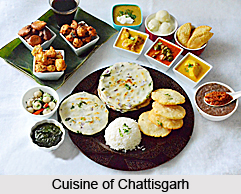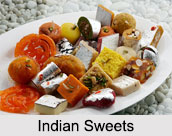 Botanical name:Allium fistulosum Linn.
Botanical name:Allium fistulosum Linn.
Family name:Liliaceae.
Indian names are as follows:
Hindi:Vilayati Lasson
Marathi:Khorat
Malayalam:Vellulli
Oriya:Bilati Rasuna.
This plant belongs to onion and garlic family. It was introduced in India rather very late.
The white-stemmed stone leek is a native of Eastern Asia and was domesticated in China and Japan. The plant has been mentioned in Japanese literature as early as 918 A.D., though of course under various names. Today, this bunching onion or Welsh onion is cultivated in Siberia, China and Japan. More recently, it has been introduced into Europe and then to Russia in 1956 A.D. in Europe, the USA and India it is grown mostly in home gardens.
Stone leek is a hardy perennial but it is grown as an annual or biennial. It does not form real bulb but only a small enlargement at the base. Division or seeds may propagate it; the latter is preferred. It is not grown on a commercial scale in India but only as a kitchen garden plant. However, considering climatic condition on India, there is scope for growing this herb in several states for consumption as vegetable, spice and flavoring agent.
The composition of Stone Leek is given below:
Moisture:78.9%
Protein:1.8%
Fat…0.1%
Total ash:0.7%
Carbohydrate:17.2%
Calcium:0.05%
Phosphorus:0.07%
Iron:2.3 mg/100 gram
Vitamin A:30 I.U./100 gram
Vitamin B1:0.23 mg/100 gram
Vitamin C:11 mg/100 gram
Calorific value (food energy):77 calories/100 gram.
Stone leeks are used for flavoring or for livening the dull starchy diets of eastern peoples like the other green bulb onion. They are also used in salads or eaten raw alone or used as a flavoring agent for soups and stews. They are mild flavored. The tender leafed varieties are raised for their edible tops while the others for their white blanched leaf-bases.
Little information is available on their technological utilization, volatile oil, sulphur compounds and their antiseptic properties, etc. as is so well known about onion and garlic, the elder brothers in the family.
Nevertheless, it is an established fact that it contains sulphur compounds, essential oil and has a lot of medicinal virtues. In Far Eastern countries its medicinal virtues are applied as part of folk medicine, almost identical to those of garlic and onion. These applications may be documented and appropriately commercialized to produce chain of products in rural India. Extraction of volatile oil may be another area which may be planned to give us a new range of flavor.




















